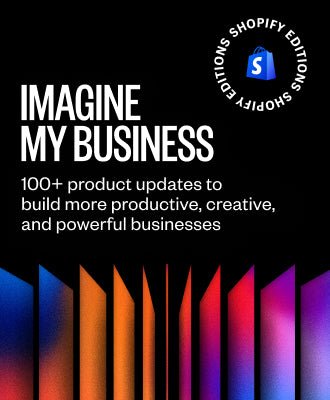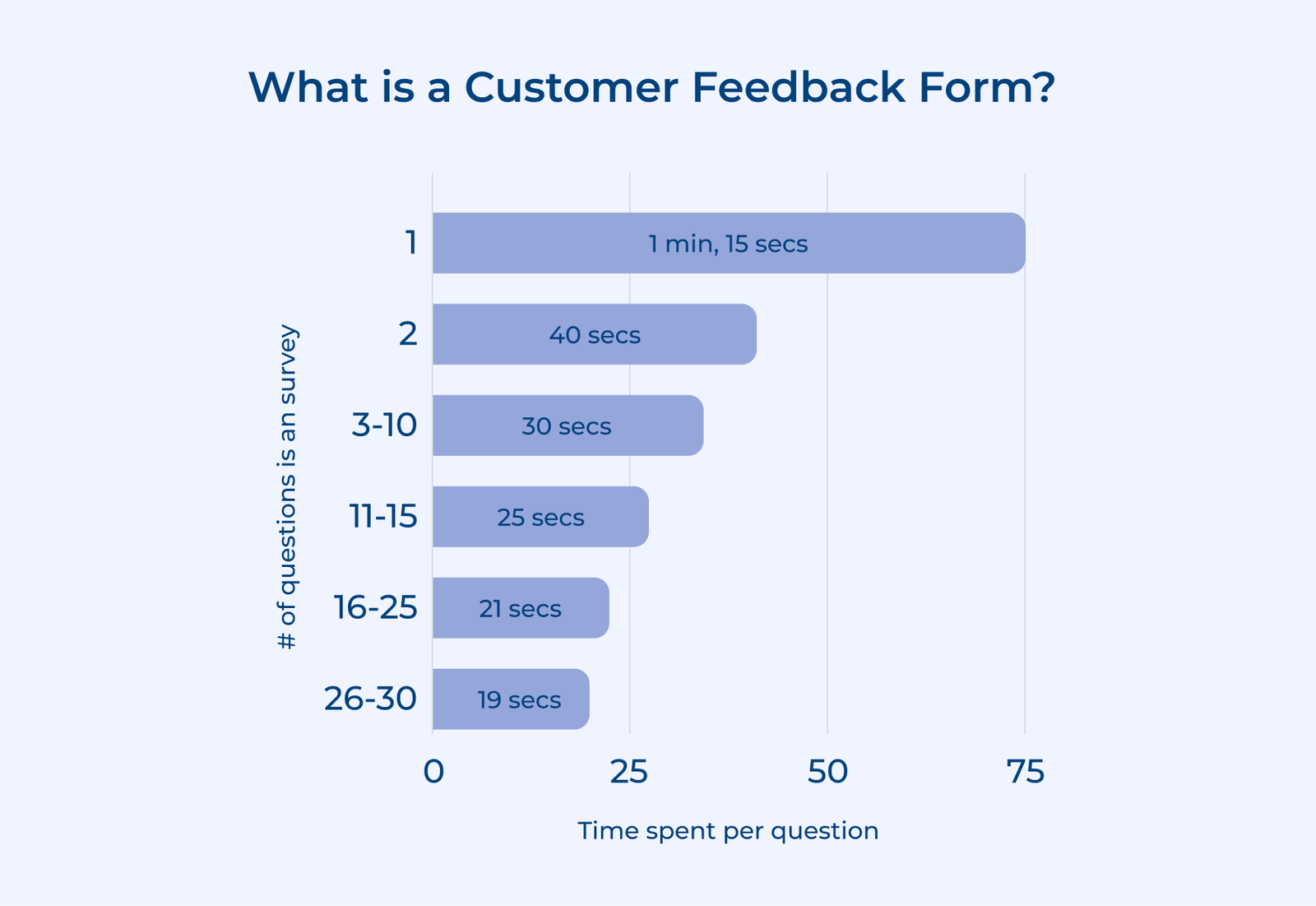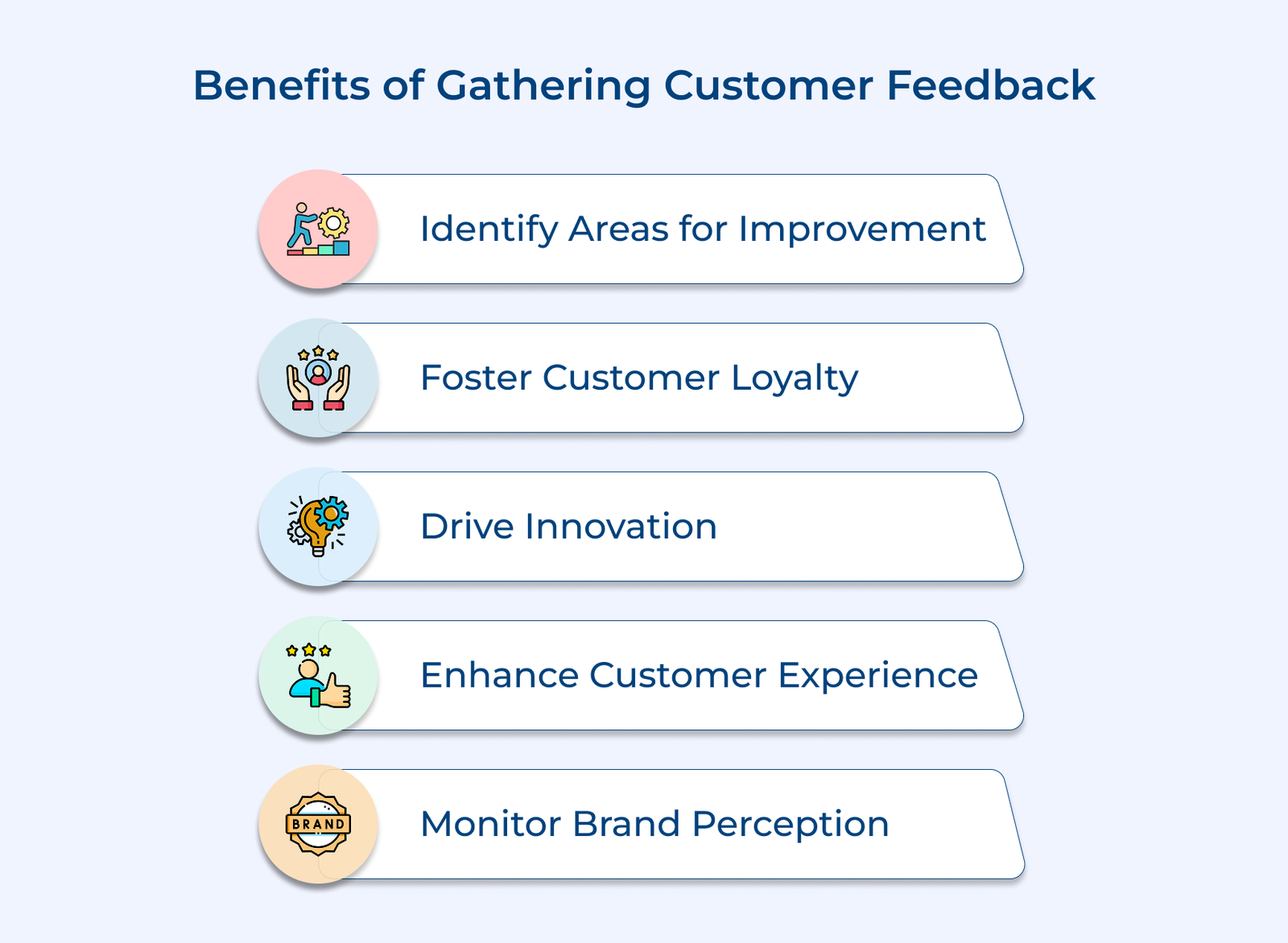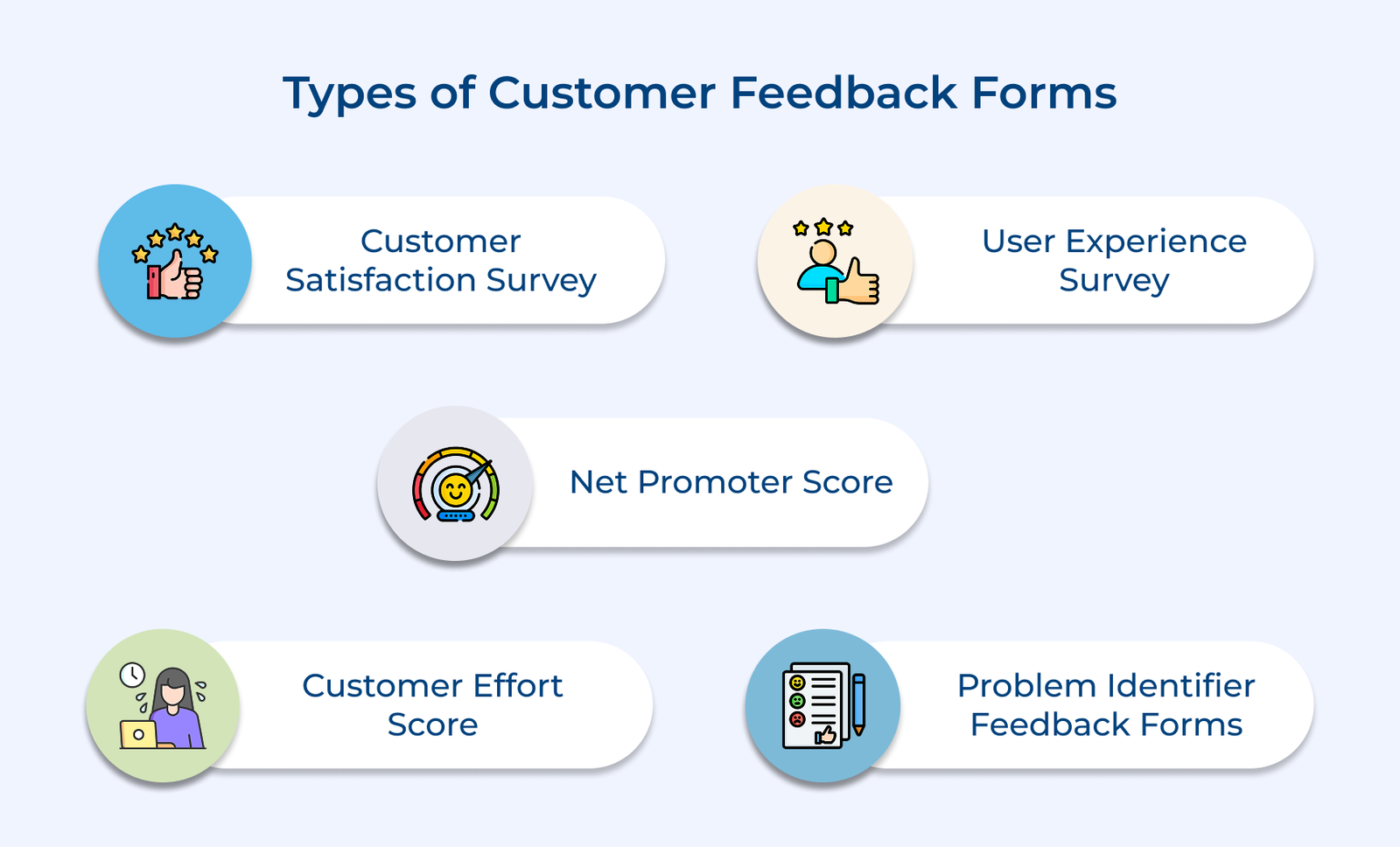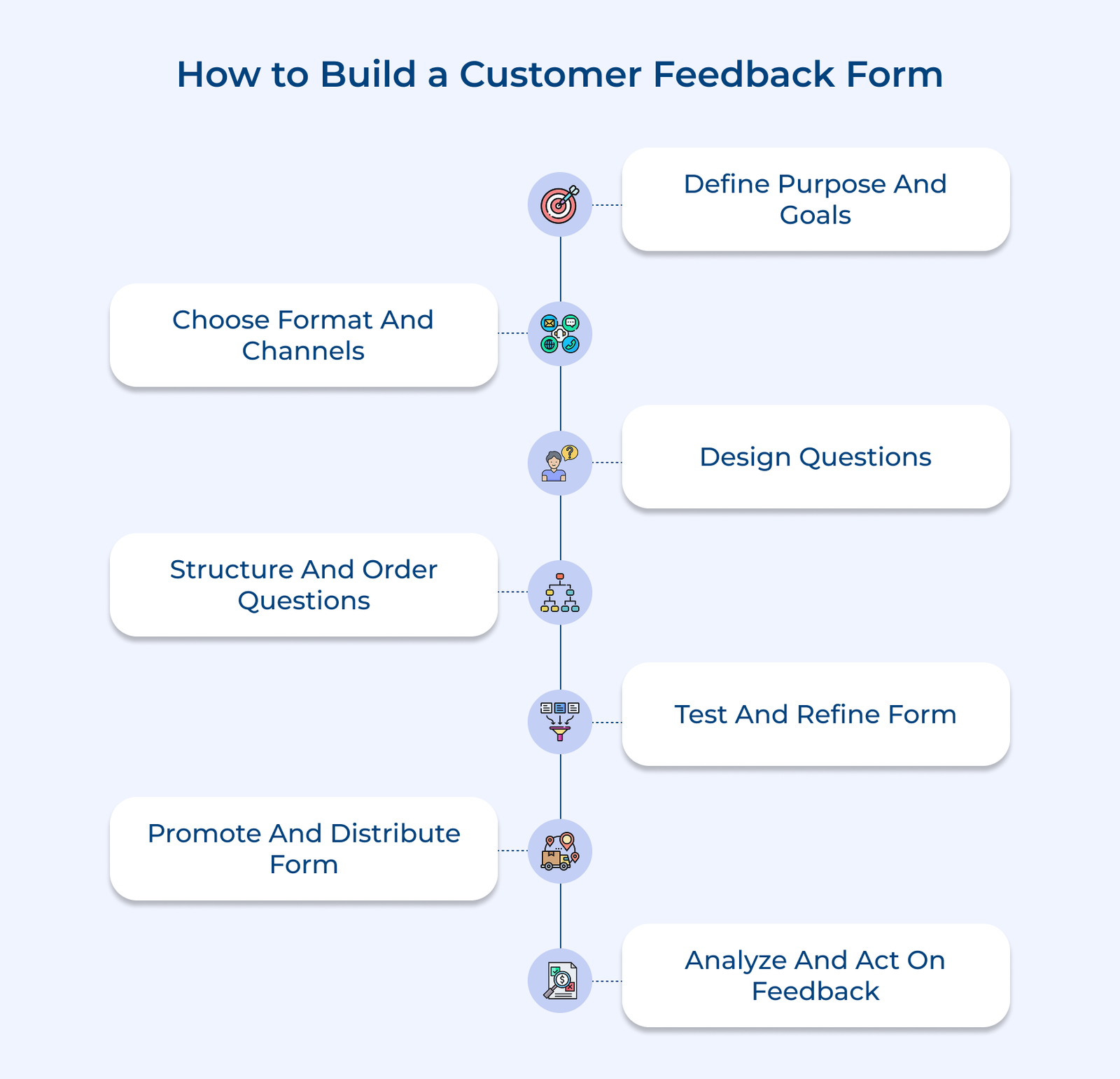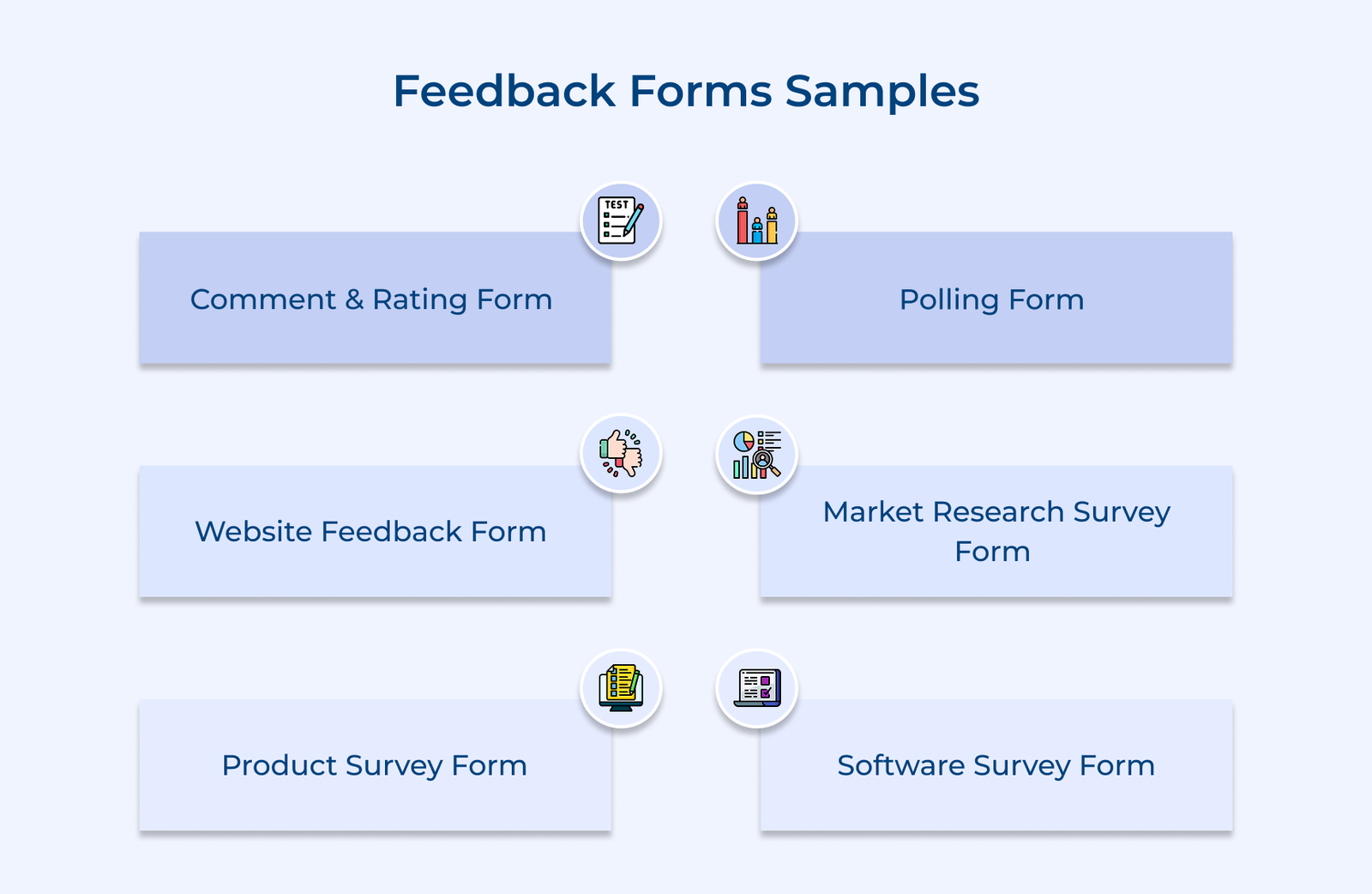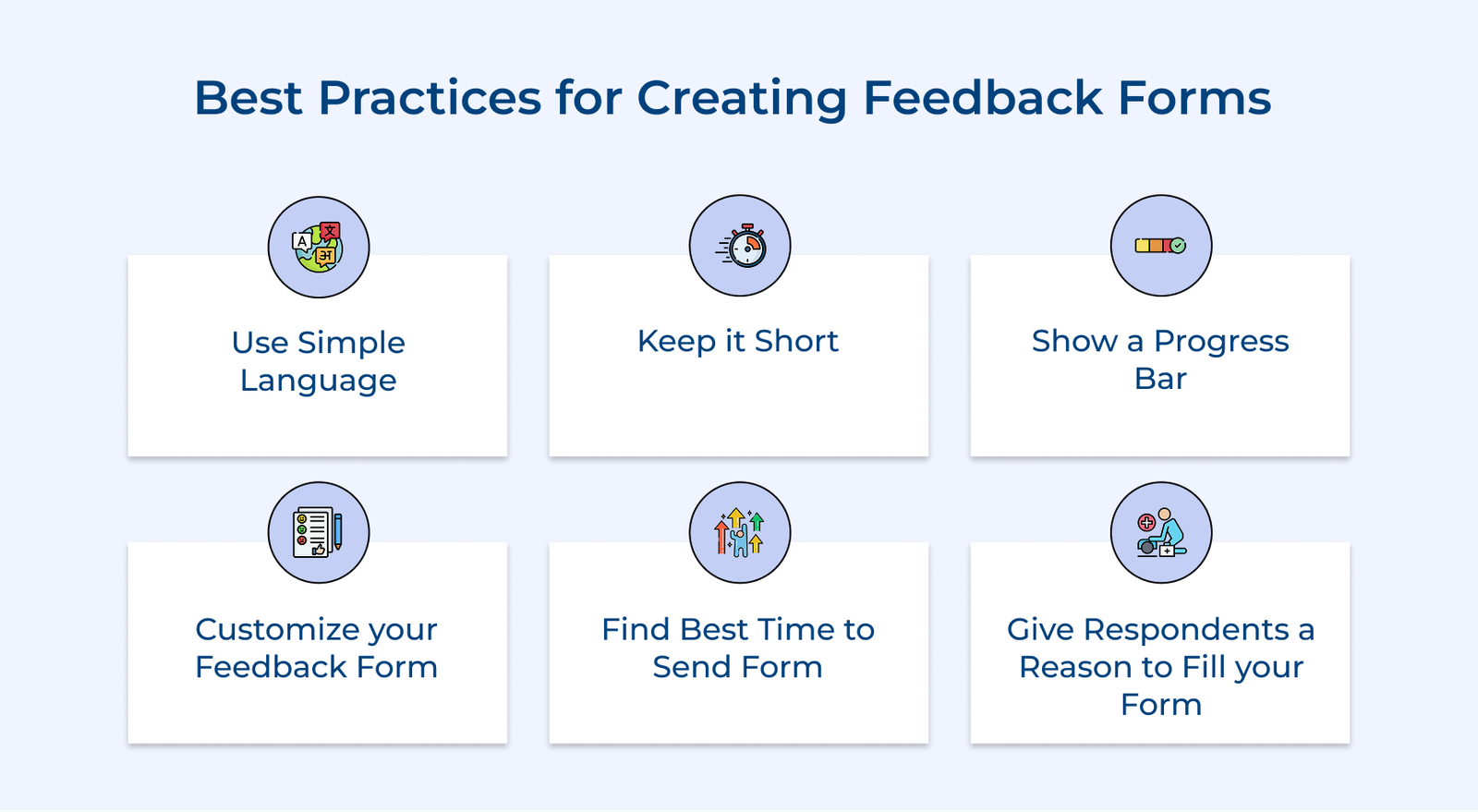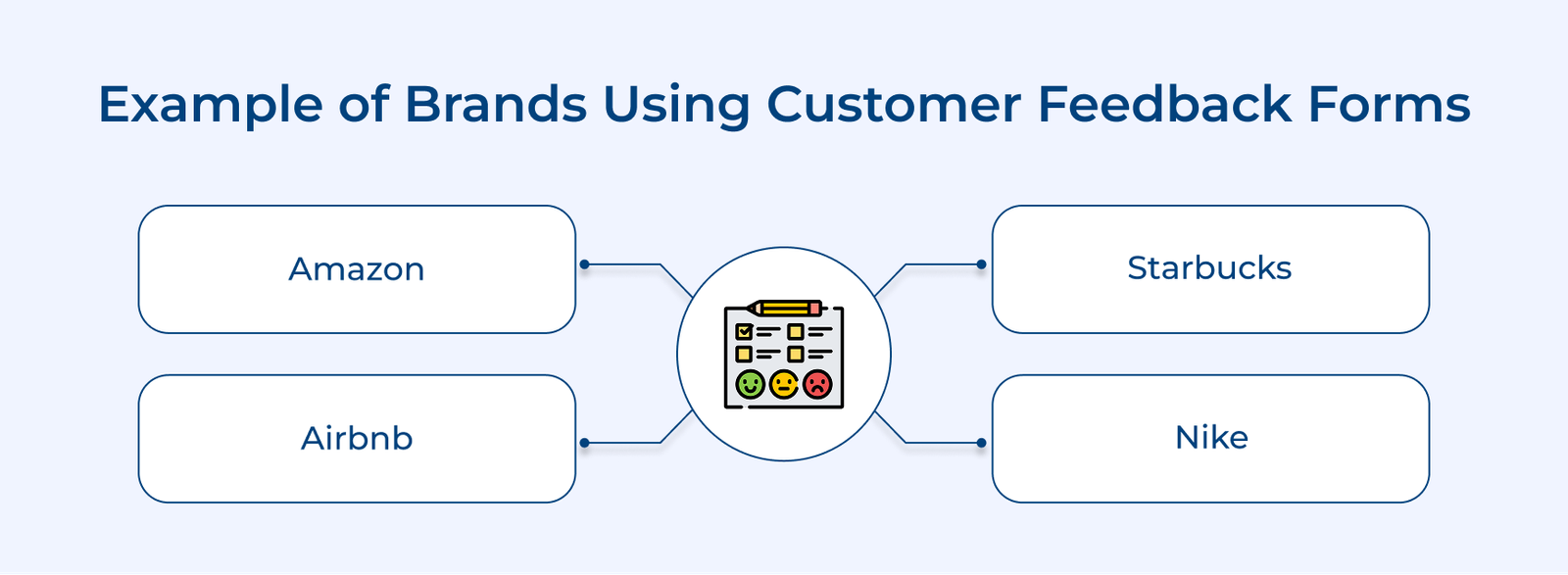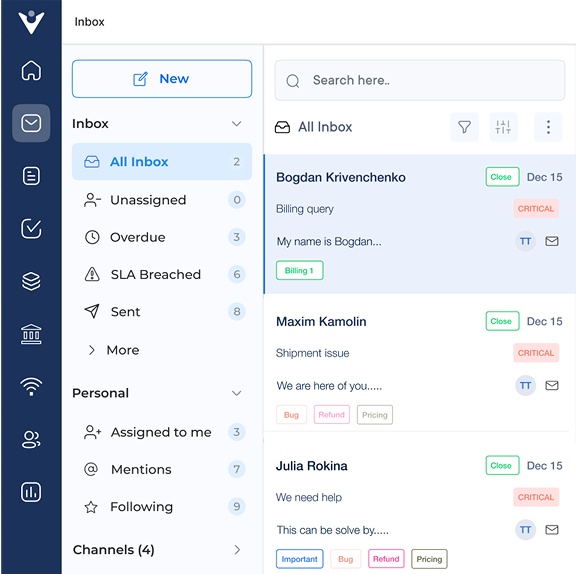Key Stakeholders to Involve in Creating Feedback Forms:
Customer Support Team:
- Understands common customer issues and can help frame questions that address specific pain points.
- Can suggest wording that resonates with customers and encourages honest feedback.
- Ensures that questions are relevant to real customer interactions.
Product or Service Team:
- Provides insight into specific features, services, or updates that may require targeted feedback.
- Helps create questions that gather feedback on new developments and identify potential areas for improvement.
- Ensures that feedback aligns with product development goals.
Marketing Team:
- Knows how to phrase questions to improve response rates and maintain brand voice.
- Can ensure that questions align with overall messaging and customer experience.
- Helps to interpret feedback in a way that informs marketing strategies and customer engagement efforts.
Data Analytics Team:
- Guides question formats that produce quantifiable data.
- Helps design questions that facilitate easy analysis and clear reporting of results.
- Ensures that forms are designed for maximum data usability and insights.
Senior Leadership or Management:
- Aligns feedback from objectives with overall business goals and strategies.
- Ensures that the feedback collected supports high-level decision-making.
- Validates that all key areas of interest are covered to drive continuous improvement and innovation.
Now that there is clarity on who should be involved in the process to create feedback forms, let us jump into its key strategies:
1. Define the Purpose and Goals
Defining the goals for building a customer feedback form is crucial to ensure the collected information is relevant, actionable and aligned with the business objectives. Here’s a concise guide to help businesses with the process:
Clearly define the specific areas or aspects of the product, service, or customer experience that you want to gather feedback on. The goals could include product quality, customer service, user experience, or satisfaction. Establish how the collected feedback will be analyzed and utilized.
Pro tips:
- Involve stakeholders from various departments (e.g., product, customer service, marketing) to ensure the form captures relevant information for different teams
- Keep the form concise and focused to increase completion rates
- Communicate the purpose and benefits of providing feedback to encourage participation
2. Choose the Format and Channels
Choosing the format and channels for the customer feedback form is crucial for maximizing response rates. Online forms are often preferred due to their convenience and ease of distribution. Paper forms may be more suitable for certain demographics or scenarios.
When deciding on the format and channels, consider the use case. Is the feedback form for a specific product or service, or is it a general customer satisfaction survey? Tailor the approach accordingly.
Actionable tips:
- Conduct A/B testing to determine the most effective format and channels for the target audience
- Leverage analytics to track response rates across different channels and adjust the strategy accordingly
- Offer incentives, such as discounts or giveaways, to encourage customers to participate in the feedback initiative
3. Design the Questions
Designing effective questions is crucial when building a customer feedback form.
A well-crafted questionnaire can yield valuable insights into customer satisfaction, pain points and areas for improvement. Employ a balanced mix of open-ended and closed-ended questions.
Ensure the questions are clear, concise and unbiased, avoiding leading or ambiguous language. The approach minimizes the risk of misinterpretation and ensures accurate responses. When designing questions, consider the use case. Let’s assume, you are gathering feedback on a specific product feature so make sure to tailor the questions accordingly to gain relevant insights.
Key benefits:
- Targeted insights: Well-crafted questions elicit relevant and actionable feedback, enabling businesses to pinpoint areas for improvement or innovation
- Enhanced customer engagement: A thoughtful question flow that considers the customer’s perspective can enhance a positive experience
- Data quality: Clear, unbiased questions minimize misinterpretation and ensure the collected data accurately reflects customer sentiments
4. Structure and Order the Questions
Structuring and ordering the questions in a customer feedback form is crucial for ensuring a logical flow. Group related questions together to maintain a coherent narrative and make it easier for respondents to provide thoughtful answers.
Begin with easy, non-threatening questions to build rapport and gradually progress towards more complex or sensitive topics. The approach helps put respondents at ease and increases the likelihood of completing the form. When structuring the questions, consider the use case for the feedback form. Is it focused on a specific product, service, or overall customer experience?
Best practices:
- Use branching logic or skip patterns to customize the question flow based on previous responses, streamlining the experience for respondents
- Incorporate progress indicators to keep respondents informed about their progress through the form, reducing frustration and increasing completion rates
- Conduct user testing to identify confusing or problematic question sequences and refine the structure accordingly
5. Test and Refine the Form
Testing and refining the customer feedback form is a critical step to ensure its effectiveness. Conduct a pilot test with a small group of representative customers or stakeholders. The initial testing phase will provide valuable insights into the form’s clarity, flow and usability.
Encourage participants to provide candid feedback on any confusing or irrelevant questions and suggestions for improvement. Let’s consider if multiple pilot testers express confusion over a question’s wording and rephrase it to enhance clarity. If a section appears redundant or unnecessary, consider removing or condensing it.
Key benefits:
- Improved data quality: Addressing issues identified during testing can help minimize potential sources of error or bias, leading to more accurate feedback.
- Enhanced user experience: Refining the form based on user feedback ensures a smooth and engaging experience for respondents, increasing completion rates.
6. Promote and Distribute the Form
Gathering customer feedback is crucial for understanding customer satisfaction, identifying areas for improvement and enhancing customer experience. Businesses can actively solicit valuable insights from their customers by promoting and distributing a customer feedback form.
The valuable data can be used to make informed decisions, improve offerings and drive customer loyalty. A retail store could promote its feedback form by displaying QR codes at checkout counters or leveraging social media platforms to encourage customers to share their experiences.
How to implement:
- Email marketing: Send personalized emails to customers with a direct link to the feedback form, making it convenient for them to share their thoughts.
- Social media campaigns: Utilize social media platforms to create engaging posts, promote the feedback form and incentivize participation through contests or discounts.
- In-store promotion: Place strategically positioned signage, flyers, or tablet stations within the store, inviting customers to complete the feedback form before leaving.
7. Analyze and Act on the Feedback
Once the customer feedback forms have been collected, it’s essential to compile and analyze the responses systematically. The process involves categorizing the feedback, identifying common themes and quantifying the data for better understanding. Based on the analysis, businesses can pinpoint specific areas that require improvement.
A restaurant could analyze feedback forms and discover that customers frequently express dissatisfaction with lengthy wait times. The restaurant could review its staffing levels, streamline kitchen operations or implement a more efficient reservation system.
How to implement:
- Establish a dedicated team to analyze and act on feedback regularly
- Utilize data visualization tools to identify trends and patterns within the feedback data
- Conduct focus group discussions or follow-up interviews with customers to gain deeper insights into their feedback
6 Feedback Form Samples that Businesses Can Consider
We will explore six sample feedback forms that businesses can consider for their feedback collection needs.





